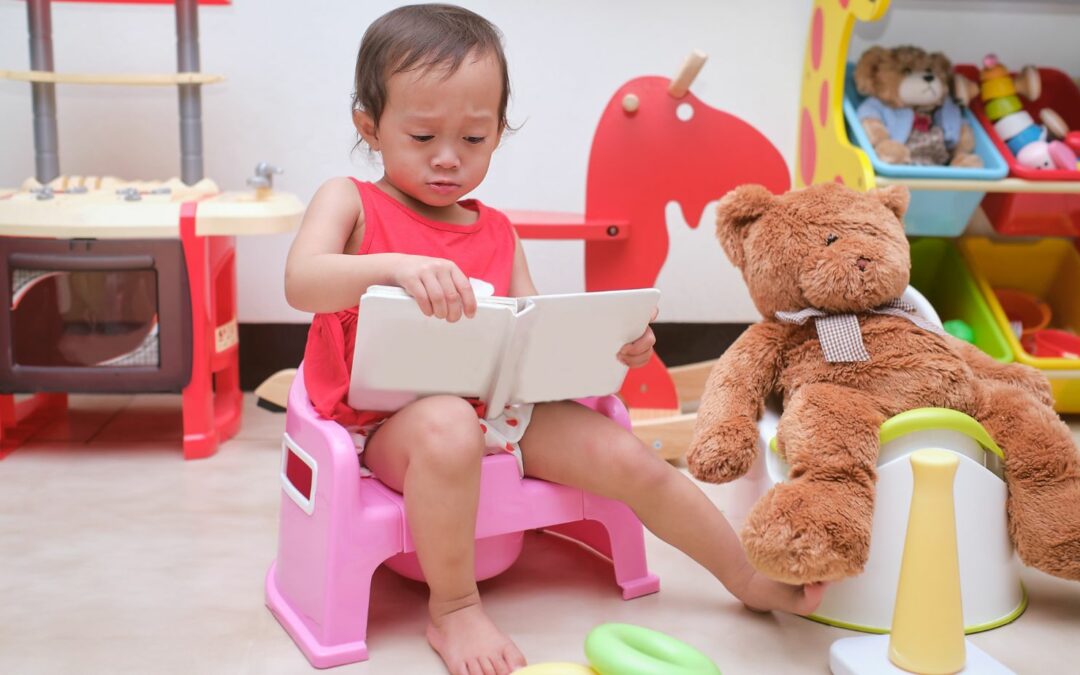Potty Training Books For Toddlers
When it comes to potty training, finding the right resources can make all the difference. That’s where potty training books for toddlers come in. These books are designed to help parents and caregivers navigate the sometimes daunting task of teaching their little ones how to use the toilet independently.
Potty training books offer a wealth of information, tips, and strategies that can be invaluable during this developmental milestone. They often feature colorful illustrations, engaging stories, and interactive elements that capture a child’s attention and make learning about using the potty fun.
Whether you’re just starting out on your potty training journey or looking for additional support along the way, these books can provide guidance and reassurance. From teaching basic concepts like recognizing bodily cues to addressing common challenges such as accidents or transitioning from diapers to underwear, there’s a wide range of topics covered in these educational resources.

Choosing the Right Potty Training Book
When it comes to potty training your toddler, having the right resources can make all the difference. A well-chosen potty training book can provide guidance, support, and helpful tips to ease you and your little one through this important milestone. But with so many options available, how do you choose the right one? Here are some factors to consider:
- Age-appropriate content: Look for a book that is tailored specifically for toddlers in their age range. This ensures that the language and concepts used are suitable for their understanding.
- Engaging illustrations: Toddlers are visual learners, so selecting a book with colorful and engaging illustrations can capture their attention and make the learning experience more enjoyable.
- Step-by-step instructions: A good potty training book should provide clear and concise instructions on each step of the process, from introducing the concept of using the toilet to reinforcing positive habits.
- Positive reinforcement techniques: Positive reinforcement is key when it comes to potty training success. Choose a book that emphasizes encouragement, praise, and rewards as effective tools for motivating your child throughout the journey.
- Personalized approach: Every child is unique, so finding a book that acknowledges this individuality can be beneficial. Look for resources that offer customizable strategies or suggestions based on different temperaments or challenges your child may face.
- Parenting support: Potty training can be challenging for parents too! Consider books that not only focus on guiding children but also provide practical advice and support for parents navigating this developmental stage.
Top Potty Training Books for Toddlers
When it comes to potty training, finding the right resources can make all the difference. That’s why I’ve put together a list of some of the top potty training books for toddlers that have proven to be effective tools in this important developmental milestone.
- “Oh Crap! Potty Training” by Jamie Glowacki: This book has gained popularity among parents for its straightforward approach and practical tips. Glowacki provides a step-by-step guide on how to navigate the sometimes challenging world of potty training, offering valuable insights and strategies.
- “P is for Potty!” by Naomi Kleinberg: This engaging board book is perfect for introducing toddlers to the concept of using the potty. With colorful illustrations and simple language, it helps little ones understand what happens during bathroom time and encourages them to give it a try themselves.
- “Once Upon a Potty” by Alona Frankel: This classic potty training book has been around for decades and continues to be a favorite among parents. The story follows Joshua or Prudence as they learn about using the toilet, teaching children in an entertaining way while addressing common concerns and anxieties.
Remember, while a potty training book can be an invaluable resource, it’s essential to remain flexible in your approach and adapt strategies based on your child’s progress and needs. Keep in mind that every child develops at their own pace, so patience and consistency are key ingredients for success.
Jessica has a flair for writing engaging blogs and articles. She enjoys reading and learning new things which enables her to write different topics and fields with ease. She also strives to break down complex concepts and make them easy for anybody to comprehend.





